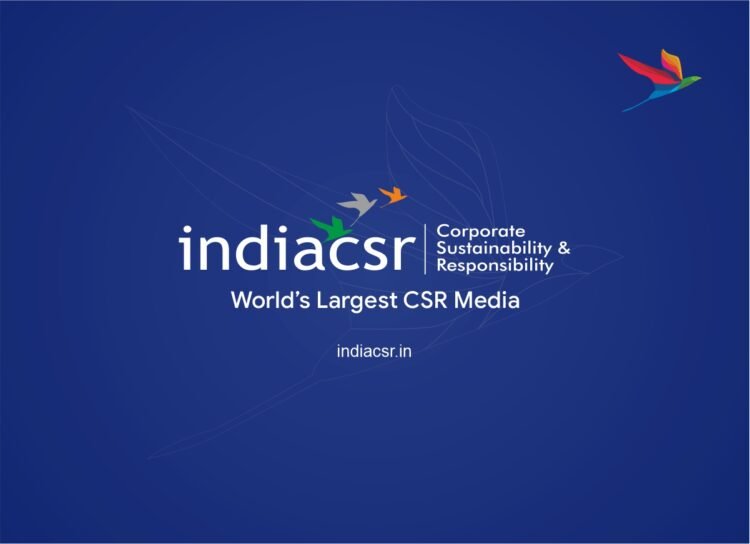By Sangeeta Haindl
The hostile desert landscape in the Little Rann of Kutch in the western state of Gujarat, India is where 10,000 small-scale labourers produce salt. About 70 per cent of India’s salt comes from this region, where 70,000 people are self-employed in this industry. India is the world’s third-largest salt producer, after China and the U.S. These salt pan workers, known locally in Indian as Agariyas, are exposed to extreme working conditions; they endure temperatures that can reach 50C in the summer, and drop to 3C degrees in winter. As a result, it is common for these workers to suffer high blood pressure, eye and skin diseases due to salt-leaden winds and intense sun glare.
India’s Salt Production and Market Dynamics
Almost 50 per cent of India’s salt production is for domestic consumption. The rest goes to chemical industries. Of the edible salt market, more than 60 per cent is unregulated and dominated by small-scale producers. These self-employed producers have to borrow money from exploitative lenders-traders who fix a low price for the salt. Rarely do these workers receive more than one per cent of the market value of the salt they produce and are often crippled with high interest rates.
Also Read: Cabs for Women by Women in India
Sabras: Empowering Small-Scale Salt Producers
A social enterprise called ‘Sabras’ now allows these self-employed salt producers to borrow money at a much lower rate. Established in 2007, Sabras’ specific aim is to increase the profits for small-scale producers. The workers hold 74 per cent of the shares in Sabras, while 26 per cent is held by its sister organisation, Saline Area Vitalisation Enterprise Ltd, which provides business development services to salt producers with limited assets along the Gujarat coast.
Financial Independence and Sustainable Practices
Sabras is a wealth creation social enterprise for the poor to help them survive in India’s modern economy. It offers financial independence through fair loan schemes, which the workers are expected to pay back in four installments over two years. The loans also allow workers to buy solar panels to pump the water. Although the solar pumps cost ten times more than diesel ones, in the long term workers will not have to spend most of their wages on diesel fuel, which takes up about two-thirds of the cost of production.
Also Read: Energy Co-ops Bring Energy by the People, for the People Through Social Innovation
Ownership, Governance, and Future Plans
The workers participate in the ownership and governance structure of this social enterprise. Sabras expect to attract more shareholders and provide manageable loans to 1,000 more producers by 2018, as its profitability increases through taking its branded salt to the market. It is confident that banks will begin leveraging this model of credit finance to small-scale workers throughout India. It also hopes to create women’s groups to process salt and increase their profits, too. Salt has played a key part in Indian history. In 1930 Gandhi led the Salt March, an important part of the Indian independence movement and about empowerment—the very thing that Sabras is trying to do right now for these poor salt producers.
About the author
Sangeeta Haindl: I love being a staff writer for 3BL Media/Justmeans on topics – Social Innovation, Social Enterprise and Social Entrepreneurs. When I am not writing for 3BL Media/Justmeans, I wear my other hat as owner of Serendipity PR. Over the years I have worked with high-profile, big, powerful brands and organisations within the public, not-for-profit and corporate sectors; and won awards from my industry. I believe in the power of serendipity for business. Do e-mail me if you would like to know more and what this means. I also am a Twitter lover and believe that social media lets people into our lives. I would also describe myself as a Spiritual Entrepreneur, Conscious Explorer and Futurist. I enjoy helping others, paying it forward and being a mum.





